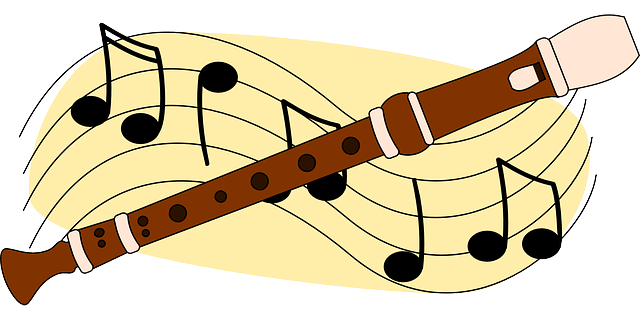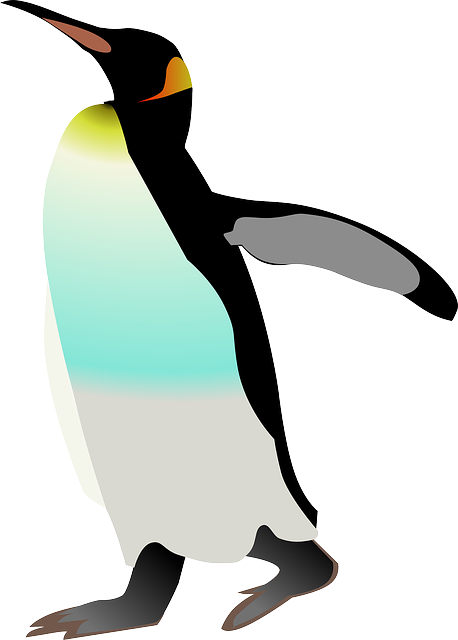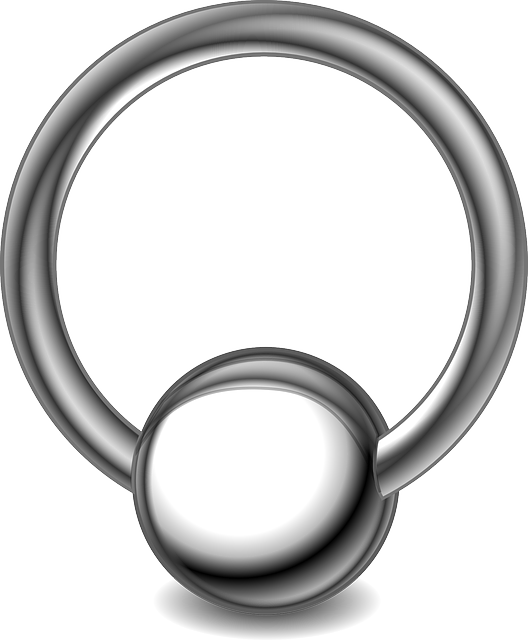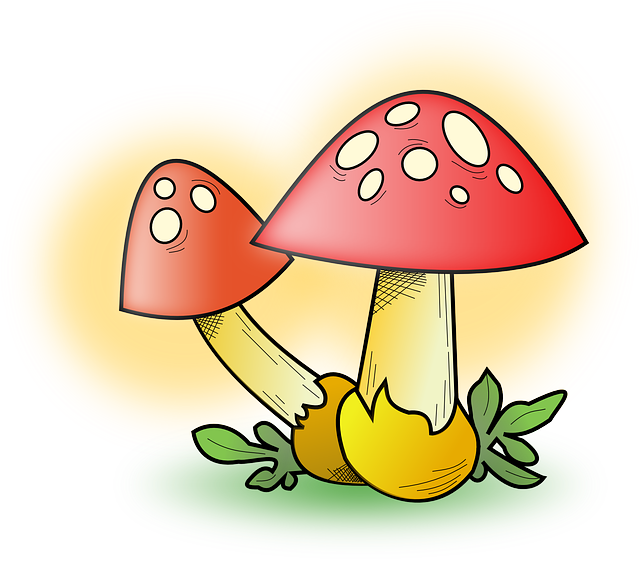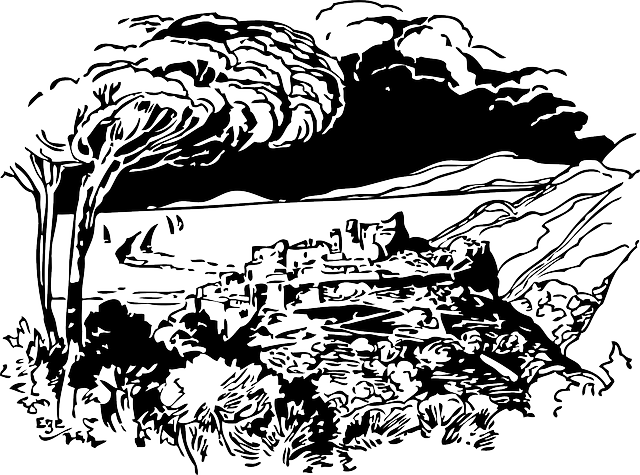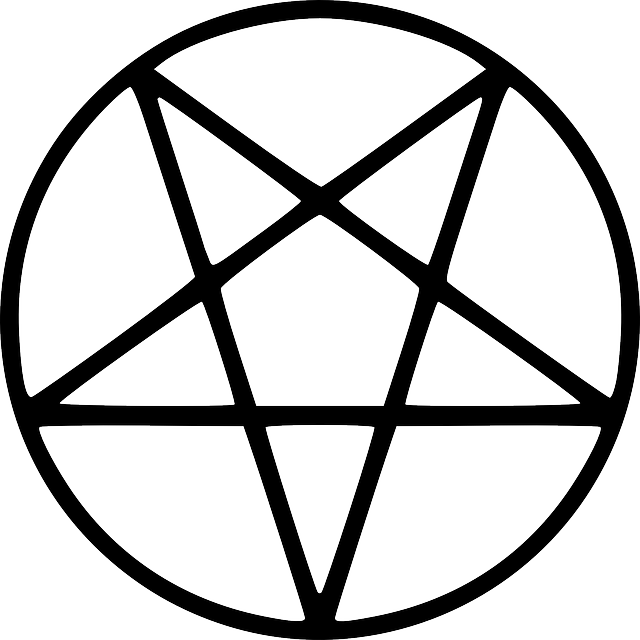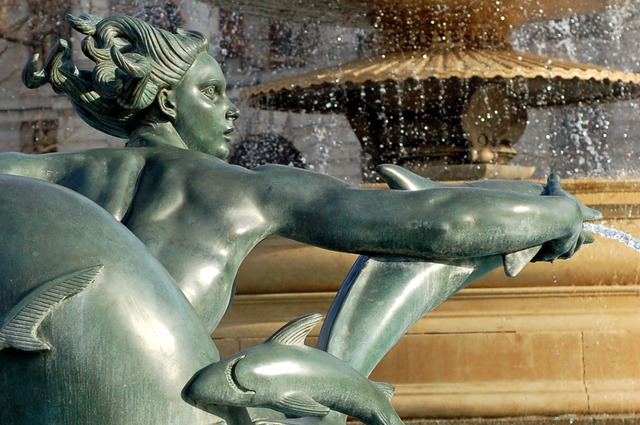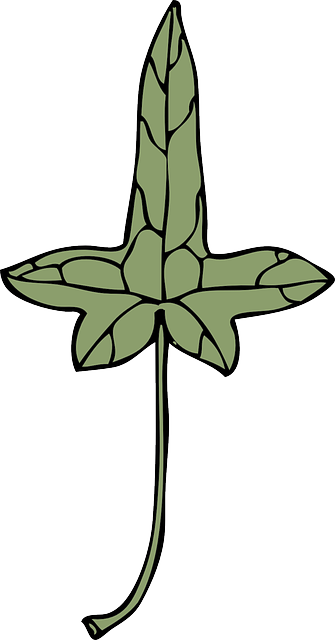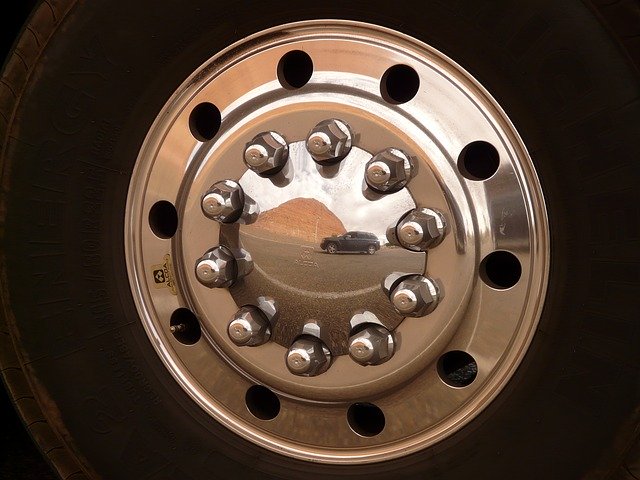نظرة الخبراء:تكنولوجيا النانو
تخيل عالما حيث تغرس دورية مجهرية طبية داخل أجسامنا تجوب الشرايين ، وتشخص الامراض وتكافح العلل ، وحيث بزات المعركة العسكرية تقى من الإنفجارات , وحيث رقائق الكمبيوتر في الحجم أصغر من بقع الغبار ، وحيث سحب من المسابر الفضائية المصغرة تنقل البيانات من الغلاف الجوي لأرضنا إلى المريخ أوتيتان.
الكثير من المزاعم الكاذبة قد قيلت حول مستقبل تطبيقات تكنولوجيا المعدات متناهية الصغر ، ولكن ما الذي يعنيه بالضبط النانو، وما سبب الجدل الذى ابتليت به هذه التكنولوجيا الناشئة؟
تكنولوجيا النانوهي من نطاق العلوم والهندسة في أحجام الذرات والجزيئات. وهى تناول واستخدام مواد وأجهزة صغيرة جدا حتى حتى لا شيء يمكن حتى يبنى أصغر.
كيف الصغيرة هي صغيرة؟
المواد النانوية هى عادة ما بين 0.1 و100 نانومترا) في الحجم -- مع 1نانومتر يجري أي ما يعادل واحد من المليار من المتر (10-9 م). هذا هوالمقياس الذي تعمل لديه الوظائف الأساسية في العالم البيولوجي -- والمواد في هذا الحجم تظهر خصائص فيزيائية وكيميائية غير عادية. هذه الخصائص هي مختلفة اختلافا عميقا بسبب زيادة في مساحة السطح بالمقارنة مع الحجم كجسيمات أضحت أصغر على --وأيضا من قبضة تأثيرات الكم الغريبة على المستوى الذري.
إذا كان عرض رأس الدبوس هوما يقرب من 1 نانومتر ، ثم إذا مترا واحداعلى هذا المستوى من شأنه حتى يمتد للمسافة من واشنطن العاصمة الى اتلانتا -- حوالي 1000 كيلومتر. ولكن رأس الدبوس هوفي الواقع تعبير عن 1 مليون نانومتر في العرض. معظم الذرات هي من 0.1 و0.2 نانومتر في الإتساع ، خيوط الحمض النووي هى حوالى 2 نانومترا ، خلايا الدم الحمراء هى نحو7000 نانومتر في القطر ، في حين شعرة رأس الإنسان عادة ما تكون في حدود 80،000 نانومتر.
وعن غير قصد ، والناس قد إستفادت من إستخدام بعض الخصائص الغير عادية بالنسبة للمواد النانومترية الحجم لعدة قرون. الجزيئات الصغيرة من المضى على سبيل المثال ، يمكن حتى يظهر اللون الأحمر أوالأخضر -- وهى خاصية قد تم استخدامها لتلوين زجاج النوافذ لأكثر من 1000 سنة. تكنولوجيا النانوهي متواجدة في مكان آخر اليوم من المنتجات التى تتراوح بين أفلام نانومترية السمك ومن النوافذ "ذاتية التنظيف" حتى الأصباغ وصولا إلى واقيات الشمس ثم أحمر الشفاه.
ولادة النانو
فكرة تكنولوجيا النانوولدت في عام 1959 عندما ألقى الفيزيائي ريتشارد فاينمان محاضرة عن إكتشاف فكرة بناء الأمور على مستوى الذرة والجزيئات. انه يتصور تام موسوعة بريتانيكا مكتوبة على رأس دبوس. وماذا عن ويكيبيديا. ؟؟؟
ومع ذلك ،فإن تكنولوجيا النانوالتجريبية لم تدخل الحيز الخاص بها حتى عام 1981 ، عندما قام فهماء آي بي إم في زيوريخ ، سويسرا ، ببناء أول مجهر لمسح الأنفاق scanning tunnelling microscope (STM) .وهذا سيسمح لنا بأن نرى ذرة واحدة عن طريق مسح مسبار صغير على سطح بلورة السيليكون. في عام 1990 ، اكتشف فهماء آي بي إم كيفية استخدام مجهر مسح الأنفاق لتحريك ذرة زينون واحدة حول سطح النيكل -- في تجربة مبدعة ، مع عين ملهمة للترويج ، فإنهم قد نقلوا 35 من الذرات كى يتم إلقاء الضوء على "آي بي إم".
However, experimental nanotechnology did not come into its own until 1981, when IBM scientists in Zurich, Switzerland, built the first scanning tunnelling microscope (STM). This allows us to see single atoms by scanning a tiny probe over the surface of a silicon crystal. In 1990, IBM scientists discovered how to use an STM to move single xenon atoms around on a nickel surface - in an iconic experiment, with an inspired eye for marketing, they moved 35 atoms to spell out "IBM".
Further techniques have since been developed to capture images at the atomic scale, these include the atomic force microscope (AFM), magnetic resonance imaging (MRI) and the even a kind of modified light microscope.
Other significant advances were made in 1985, when chemists discovered how to create a soccer-ball-shaped molecule of 60 carbon atoms, which they called buckminsterfullerene (also known as C60 or buckyballs). And in 1991, tiny, super-strong rolls of carbon atoms known as carbon nanotubes were created. These are six times lighter, yet 100 times stronger than steel.
Both materials have important applications as nanoscale building blocks. Nanotubes have been made into fibres, long threads and fabrics, and used to create tough plastics, computer chips, toxic gas detectors, and numerous other novel materials. The far future might even see the unique properties of nanotubes harnessed to build a space elevator.
More recently, scientists working on the nanoscale have created a multitude of other nanoscale components and devices, including:
Tiny transistors, superconducting quantum dots, nanodiodes, nanosensors, molecular pistons, supercapacitors, "biomolecular" motors, chemical motors, a nano train set, nanoscale elevators, a DNA nanowalking robot, nanothermometers, nano containers, the beginnings of a miniature chemistry set, nano-Velcro, nanotweezers, nano weighing scales, a nano abacus, a nano guitar, a nanoscale fountain pen, and even a nanosized soldering iron.
Engineering wonder
Engineering at the nanoscale is no simple feat, and scientists are having to come up with completely different solutions to build from the "bottom-up" rather than using traditional "top-down" manufacturing techniques.
Some nanomaterials, such as nanowires and other simple devices have been shown to assemble themselves given the right conditions, and other experiments at larger scales are striving to demonstrate the principles of self-assembly. Microelectronic devices might be persuaded to grow from the ground-up, rather like trees.
Researchers are also finding ways to put proteins, DNA, viruses and bacteria and other micro-organisms to work in building nanomaterials, and also taking other inspiration from the natural world.
Some problems have arisen due to a lack of consistency in measuring distances at the nanoscale, but an atomic lattice nanoruler could improve accuracy
Great potential
In the short term, the greatest advances through nanotechnology will come in the form of novel medical devices and processes, new catalysts for industry and smaller components for computers.
In medicine, we are already seeing research on: New ways to deliver drugs with contact lenses; the directing of drugs to tumours with tiny "smart bombs"; gold "nano-bullets" that seek-and-destroy tumours; starving cancer with nanoparticles; diagnosing diseases such as Alzheimer's, monitoring health and fighting sickness with tiny probes; and growing new organs from scratch.
And biochemists are hoping to deploy viruses as "nanocameras" to get a clearer picture of what is going on inside cells.
In computing nanoscience may lead to smaller or more powerful microchips with increased capacity and dramatic reductions in the size of hard discs. Some experiments have even shown that it might be possible to manufacture tiny parts for computers inside bacteria. Quantum computing and quantum cryptography also rely on advances in nanotechnology. In fact, existing computer chips are already manufactured taking advantage of techniques at the nanoscale.
In environmental science nanotechnology is providing ways to detect and filter bacteria and toxins out of water supplies and clear up heavy metal and organic chemical pollution.
Nanoscience has already benefited the environment with the development of the catalytic converter - which detoxifies engine fumes the world over. Further innovations are leading to smaller, more efficient batteries, advanced solar power and fuel cells and catalytic diesel additives that improve fuel efficiency.
In addition, new and powerful light-emitting diodes (LEDs) may soon replace conventional light bulbs, offering huge energy savings. LEDs are built with semiconductors, increasingly developed at the nanoscale.
In military technology governments are splashing cash on developing new, lightweight equipment and weapons, bullet-proof battle-suits that can morph to provide camouflage or even stiffen to provide splints for broken limbs, and nanosensors that might detect chemical or biological perils.
Nanoparticles are currently in use in 120 millimetre tank rounds and may soon be used in other types of munitions - their larger surface area to volume ratio makes them especially reactive.
Diminutive debate Despite the fact that it still has relatively few commercial applications, nanotechnology has generated criticism from environmental groups and others - such as the UK's Prince Charles - who fear as-yet-unknown risks to human health and the environment.
Critics have called for a moratorium on research, arguing that we know little about the toxicological effects of nanoparticles, and that there are no regulations to control them - nanotechnology advocates simply call this scaremongering, and fail to understand what all the fuss is about.
Futurist K Eric Drexler - credited with coining the term nanotechnology - dreamed up one possible nightmare scenario in his1986 book Engines of Creation. Though he now deems it an unlikely scenario, Drexler stirred fears about nanotechnology by painting a future where tiny, self-replicating nanobots run amok, digesting life on earth and reducing everything to a "grey goo".
The few experimental studies to date into the health impact of nanoparticles reveal that high concentrations of nanotubes could damage the lungs of rats and mice. One 2004 study hinted that buckyballs can accumulate and cause brain damage in fish.
A report, independently commissioned in 2003 by the environmental group Greenpeace, acknowledged that - while there could be risks from nanotechnology - the field could generate significant innovations to benefit the environment. A 2004 report, commissioned by the UK government, argued that most nanotechnology presents few novel risks, but recommended more research, along with new regulations to control the technology.
An open public debate on the development and future of nanotechnology may be the best way to stop it becoming embroiled in the same kind of furore that has surrounded GM organisms.
If you would like to reuse any content from New Scientist, either in print or online, please contact the syndication department first for permission. New Scientist does not own rights to photos, but there are a variety of licensing options available for use of articles and graphics we own the copyright to.
- المصدر http://www.newscientist.com/article/dn9939-instant-expert-nanotechnology.html


